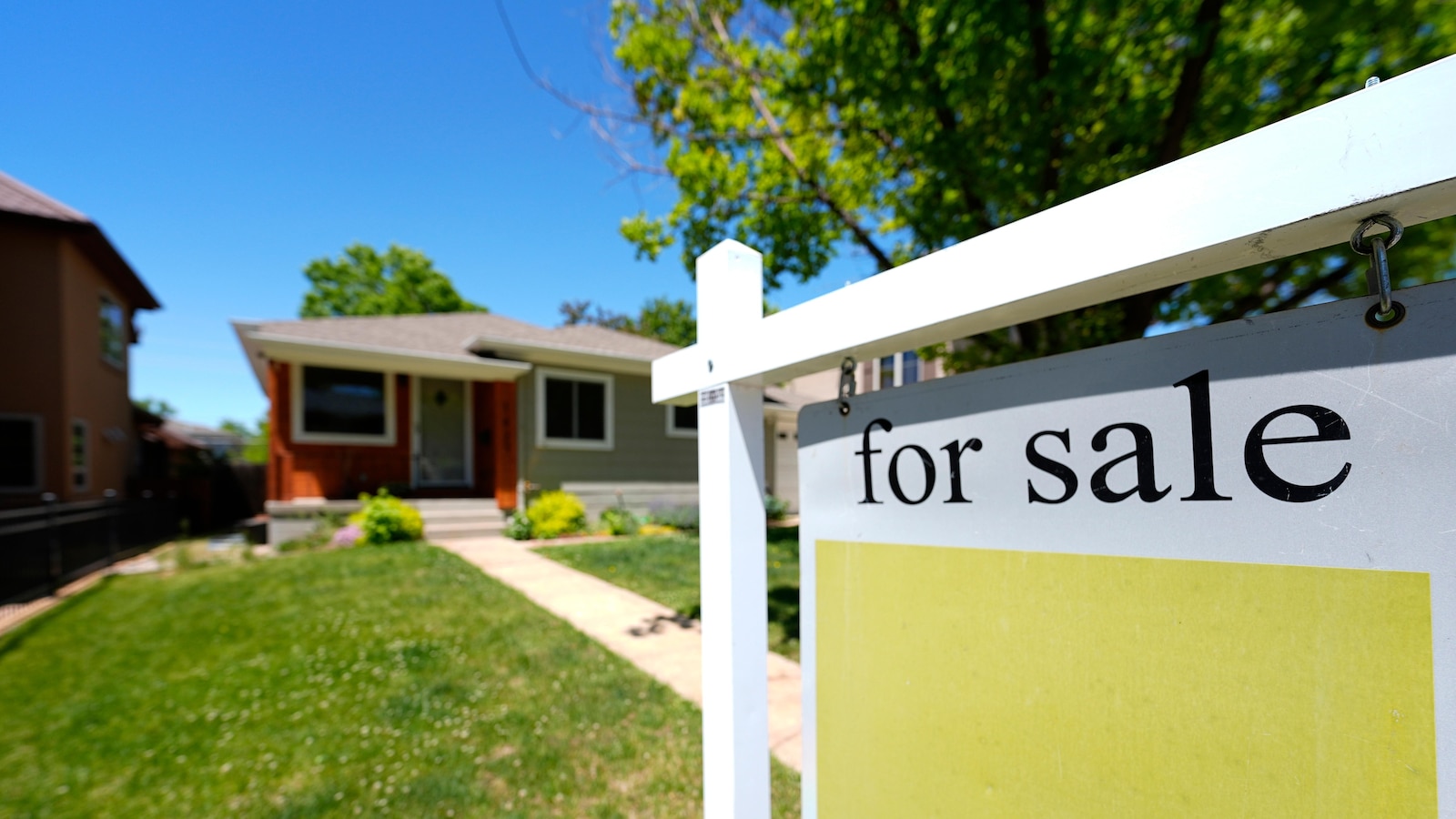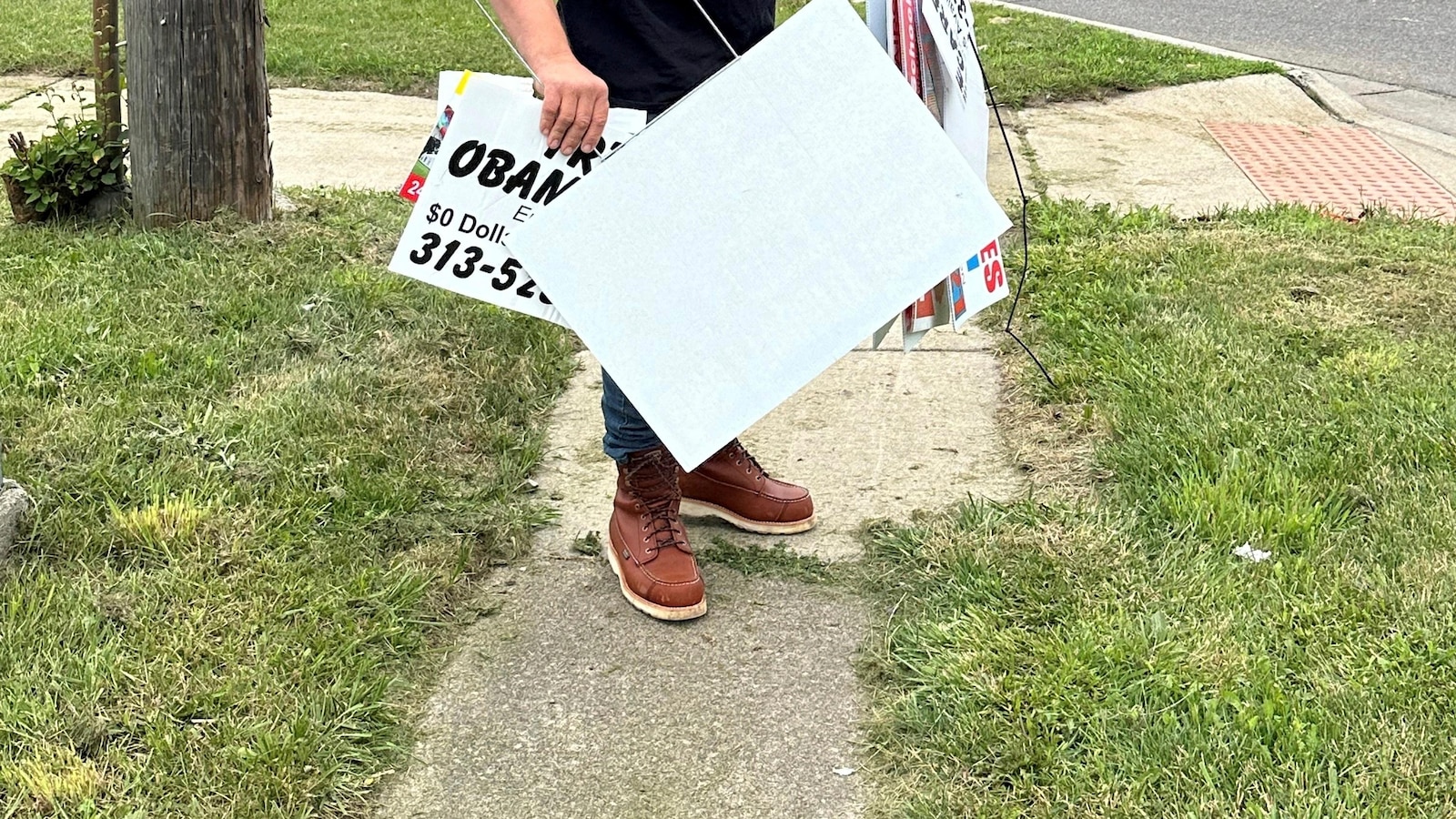
LOS ANGELES — The average rate on a 30-year mortgage eased again this week, extending a welcome trend for prospective homebuyers facing record-high home prices.
The rate fell to 6.86% from 6.87% last week, mortgage buyer Freddie Mac said Thursday. A year ago, the rate averaged 6.71%.
This is the fourth straight weekly drop in the rate, which has mostly hovered around 7% this year. Home sales have been falling in recent months as the elevated rates, which can add hundreds of dollars a month in costs for borrowers, have put off many home shoppers.
Sales of previously occupied U.S. homes fell in May for the third month in a row. Sales of newly built single-family homes fell in April and May from a year earlier by 7.7% and 16.5%, respectively.
“The 30-year fixed-rate mortgage continues to trend down, hitting the lowest level in almost three months,” said Sam Khater, Freddie Mac’s chief economist. “By historical standards, the economy is in good shape, and we expect rates to continue to come down over the summer months, bringing additional homebuyers back into the market.”
Mortgage rates are influenced by several factors, including how the bond market reacts to the Federal Reserve’s interest rate policy and the moves in the 10-year Treasury yield, which lenders use as a guide to pricing home loans.
The yield, which topped 4.7% in late April, has been mostly falling recently following some economic data showing slower growth, which could help keep a lid on inflationary pressures and convince the Federal Reserve to begin lowering its main interest rate from its highest level in more than 20 years.
Earlier this month, Fed officials said that inflation has moved closer to its target level of 2% in recent months and signaled that they expect to cut their benchmark interest rate once this year. The central bank had previously projected as many as three cuts in 2024, which raised expectations in the housing market for mortgage rates to have eased further by now.
With only one rate cut expected before the end of this year, “relief may come too little and too late for many first-time homebuyers,” said Jiayi Xu, an economist at Realtor.com.
“For home shoppers and sellers, peak mortgage rates are likely behind us, but the risk of volatility remains, complicating moving decisions,” Xu noted.
As rates eased in recent weeks, so did the monthly payments home shoppers agreed to take on when applying for a mortgage.
The national median monthly payment listed on home loan applications in May was $2,219, down 1.6% from the previous month, but up 2.5% from May last year, according to the Mortgage Bankers Association.
MBA is forecasting mortgage rates will drop closer to 6.5% by the end of this year.
That may not be enough to entice homeowners who bought or refinanced when rates were below 4% or 3% to sell, as nearly 90% of homes with a mortgage have a rate at 6% or lower.
Meanwhile, mortgage rates ticked up this week for 15-year fixed-rate loans, popular with owners refinancing their home loans. They averaged 6.16% this week, up from 6.13% the week before. A year ago, it averaged 6.06%, Freddie Mac said.
The average rate on a 30-year mortgage has recently decreased to 6.86%, marking its lowest level since early April. This news comes as a welcome relief to prospective homebuyers and homeowners looking to refinance their existing mortgages.
Mortgage rates are influenced by a variety of factors, including economic indicators, inflation, and the overall health of the housing market. In recent months, concerns over rising inflation and the Federal Reserve’s plans to raise interest rates have put upward pressure on mortgage rates. However, a recent dip in inflation and signs of a slowing economy have helped to push rates back down.
For potential homebuyers, lower mortgage rates can mean significant savings over the life of a loan. Even a small decrease in the interest rate can result in thousands of dollars in savings over the course of a 30-year mortgage. This can make homeownership more affordable for many individuals and families, especially in a competitive housing market.
For current homeowners, lower mortgage rates present an opportunity to refinance their existing loans and potentially lower their monthly payments. By refinancing at a lower rate, homeowners can save money on interest and pay off their mortgage sooner. This can free up funds for other expenses or allow homeowners to build equity in their homes more quickly.
It’s important to note that mortgage rates can fluctuate daily based on market conditions, so it’s always a good idea to keep an eye on rates and consult with a mortgage lender to determine the best time to lock in a rate. Additionally, factors such as credit score, down payment amount, and loan term can also impact the interest rate offered to borrowers.
Overall, the recent decrease in the average rate on a 30-year mortgage is good news for those in the market for a new home or looking to refinance. By taking advantage of these lower rates, homeowners and homebuyers can save money and achieve their financial goals more easily.


